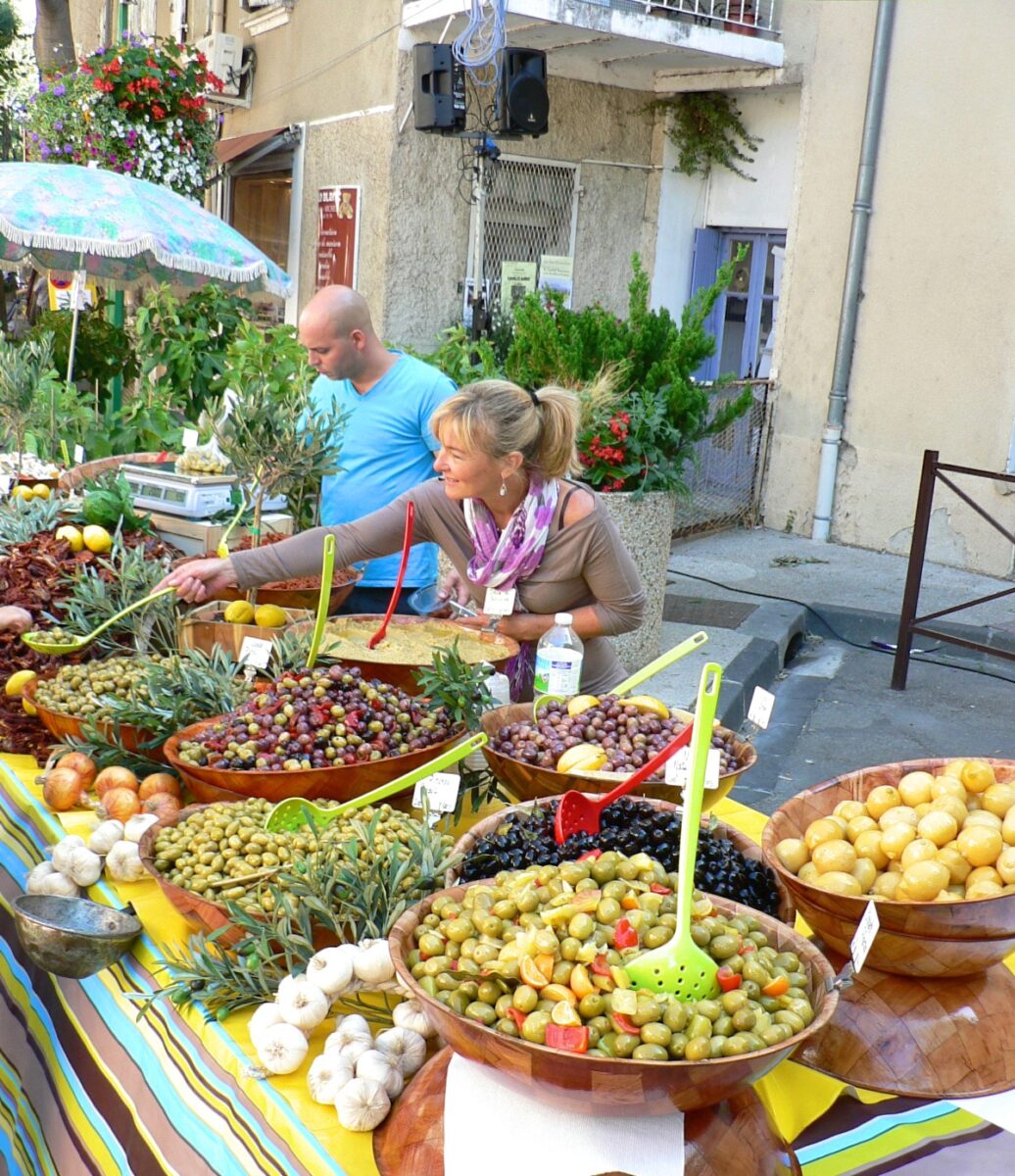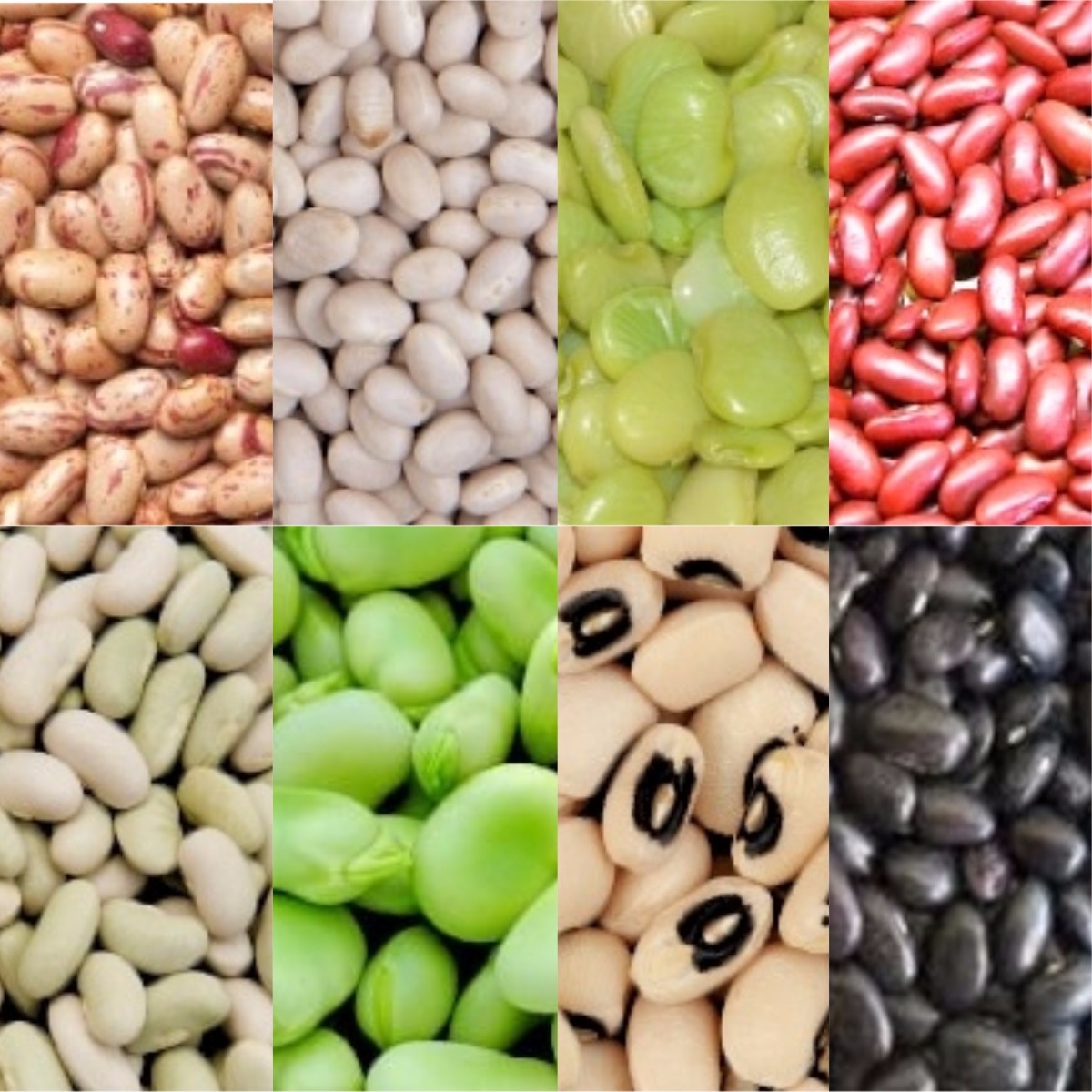We all know there are green and black olives. The difference is the harvest time: Green olives are picked while not fully ripe, which makes them denser and more bitter than the black olives. The black olives stay on the tree until they have fully ripened. Only unblemished and plump olives are used for eating, the rest goes to the mill to make olive oil.
There are many methods to cure olives. The location in which the olive is grown, the variety and the time of its picking determines the flavor of an olive. Each variety has its unique flavor and texture and therefore curing method. For example, the Picholine olive, the most widely grown variety in the South of France, is first brine-cured for several weeks and then marinated in herbs and olive oil. It is the olive “Agent 007” uses in his shaken but not stirred Martini.
In the Northern Vaucluse and the Drôme Provençale, the Tanche olive is grown. The olives ripen on the tree until they are dark brown and black and start to wrinkle. Harvest is from mid-November to early January, whereas the Picholine harvest starts in some areas already in late September/early October. The Tanche olives used for eating are best harvested after they had a bit of frost at night.
A word about lye curing: Many commercial producers pit the olives and subsequently cure them with lye – Sodium hydroxide (NaOH), also known as caustic soda. This is a method any gourmet immediately dismisses with a shudder. It has no place in any self-respecting kitchen. Lye curing is time and cost efficient, it takes days instead of weeks and months. Unfortunately, it produces an olive where the subtle flavors are totally lost. The lye seems to not only extract the bitter juices but also leaves a slight chemical aftertaste.
Most commercial producers in California have devised an even better method to produce the “perfect” black olive. The olives are picked green (ripe, black olives need to be carefully harvested, green ones are more resistant) and pumped with oxygen to turn them black. This color is fixed in place with ferrous gluconate. Then they are canned, labeled and sold in supermarkets or end up as a garnish on fast food pizzas. You can imagine what they taste like – barely digestible, tasteless black rubber! Add imitation cheese aka analog cheese to the pizza, some artificial coloring, and artificial flavors and you have the perfect pizza for anyone who owns shares in fast food and healthcare companies.



